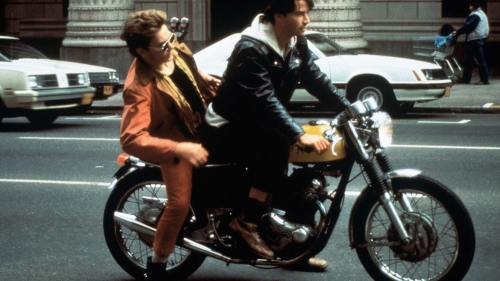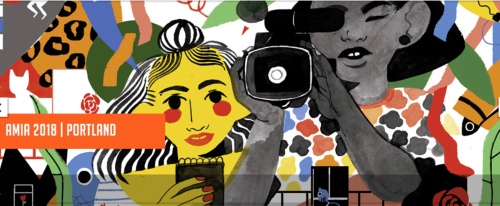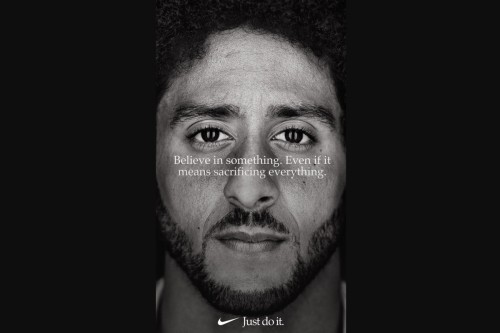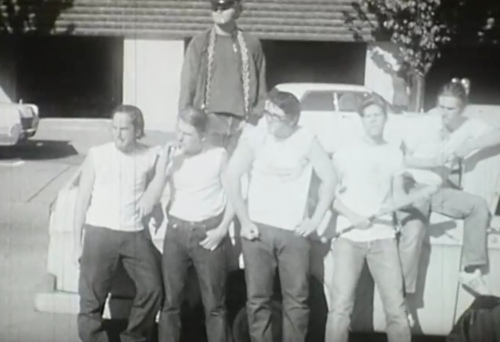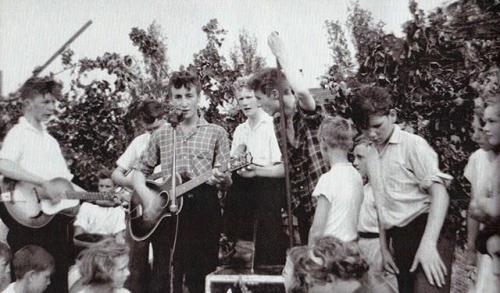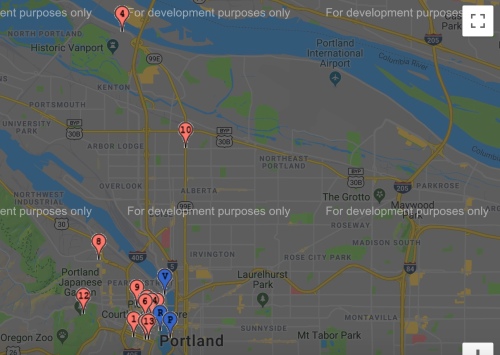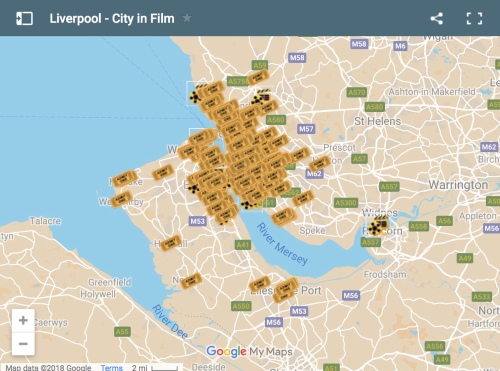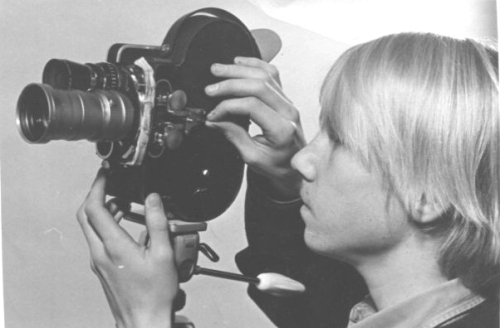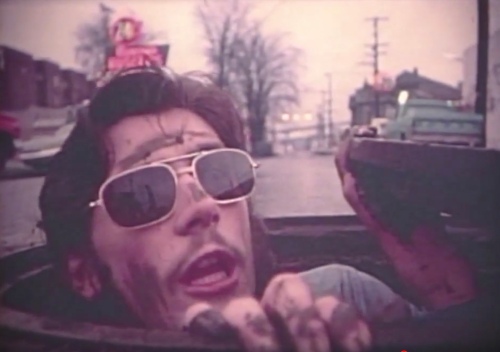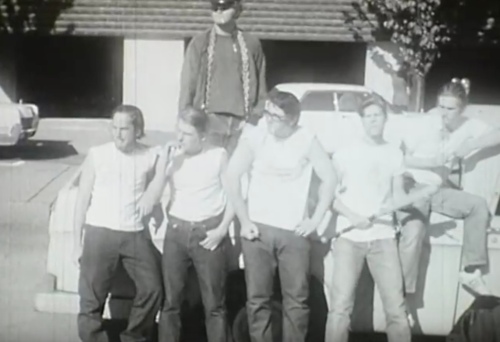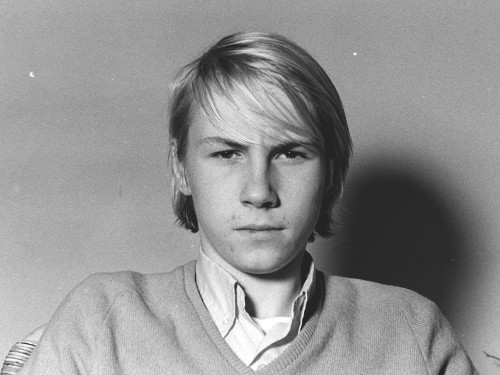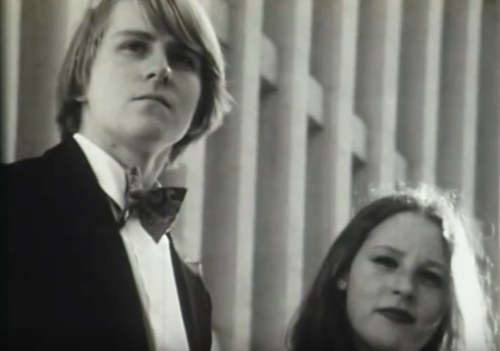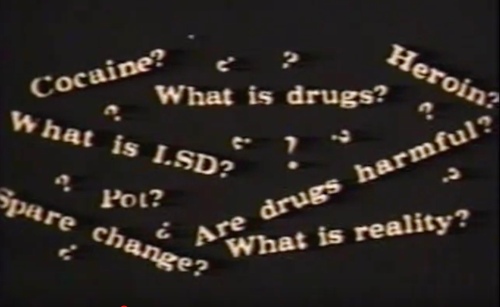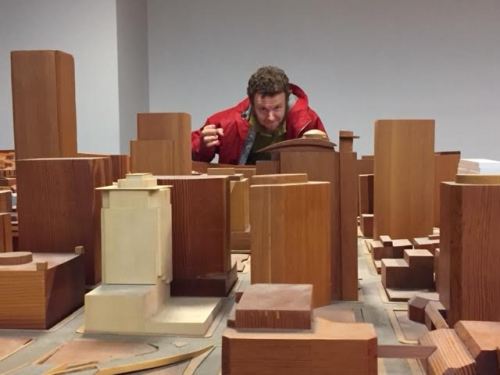Paramount Preserves REDS Talking Heads
Nominated for 12 Academy Awards, and winning three, REDS is about the tumultuous life of Portland journalist John Reed (1887-1920). To prepare for the film, writer-director-producer-star Warren Beatty conducted extensive interviews with people who knew Reed, or who knew of him as a contemporary.
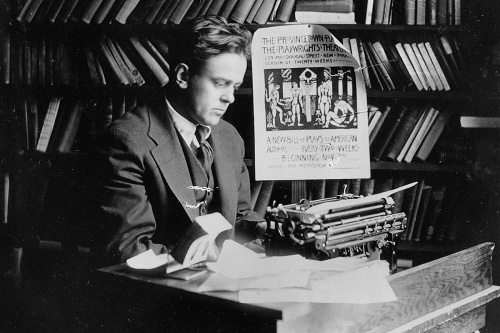
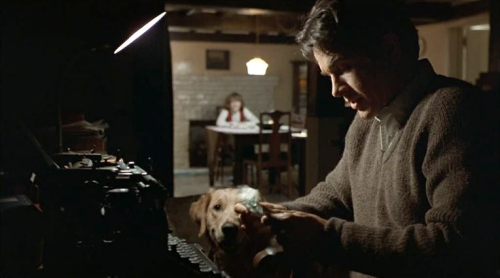
Not all of the interviews made it into the finished film.
In the snippets that did make it in, the speakers are pithy, wry, sentimental in turns. In REDS, you see brief excerpts of interviews with ACLU co-founder Roger Baldwin, literary legend Henry Miller, screenwriter Adela Rogers St. Johns, radical economist Scott Nearing, anti-Communist Isaac Don Levine, “writer’s writer” Rebecca West, historian & philosopher Will Durant, muckraker George Seldes, actor George Jessel, and John Reed’s Harvard classmate (’10) Hamilton Fish, who happens to also be the grandfather of Portland City Commissioner Nick Fish. That’s a partial list.
The unused interview footage went into the Paramount vaults.
On Thursday, Nov 29, at the AMIA Conference in Portland, a team of moving image preservationists from Paramount Pictures will describe their project to digitize all the REDS interviews and make that footage available to the public for the first time.
Comrades in Archiving: Preserving the Unedited Reds Witness Interviews
Chair(s) and Speakers
- Jeffrey Osmer, Paramount Pictures
- Nikki Jee, Paramount Pictures
- Trisha Lendo, Paramount Pictures
Reds and Portland native John Reed take us on a theatrical journey back in time to the Russian Revolution. Interspersed through the theatrical release were interviews with the real people represented within the films narrative. These witnesses include a diverse group of writers, labor leaders, politicians, and classmates of the main character John Reed. The panel details the process of locating a quarter million feet of unedited film from the movie Reds, the creation of digital files for this footage, and the file cataloging process. Our task was to digitally preserve the assets and make uncut interviews easily available to all. The hybrid nature of this Academy Award winning film, intertwining documentary footage with a historical recreation, made this a rather unique archiving project. This is a panel for archives undertaking their own massive digitization process (and/or for fans of the Bolshevik revolution).
This massive transfer of cultural wealth to an accessible format calls for a gesture of gratitude. Oregon Cartoon Institute is partnering with two PSU geographers, Hunter Shobe and Zuriel van Belle, to create a map of John Reed’s Portland to present to the three visiting Paramount Pictures moving image preservationists, and to their fellow AMIA conference attendees.

Hunter Shobe is co-author of Portlandness: A Cultural Atlas. An associate professor of geography at PSU, he began attending the Oregon Film History Conference in 2017. He recommended Zuriel van Belle, the director of the Urban Coyote Project, to create OCI’s map of John Reed’s Portland. Thank you, Hunter and Zuriel!
With this map, we salute Paramount Pictures and the team of Paramount preservationists who are making the REDS interviews, a treasure trove of primary sources, available to present and future Oregon historians.
In recognition of the value of his work conceiving, conducting, and conserving the REDS witness interviews, I hereby make Warren Beatty an honorary member of Oregon Cartoon Institute.
Welcome aboard, Warren!
============================================================
Founded in 2007 by Anne Richardson and Dennis Nyback, Oregon Cartoon Institute uses new media, archival film, research, networking, and cross disciplinary discussion to explore Oregon film, animation, and print cartooning history. It has no brick and mortar presence, and always works in partnership with organizations which do.

